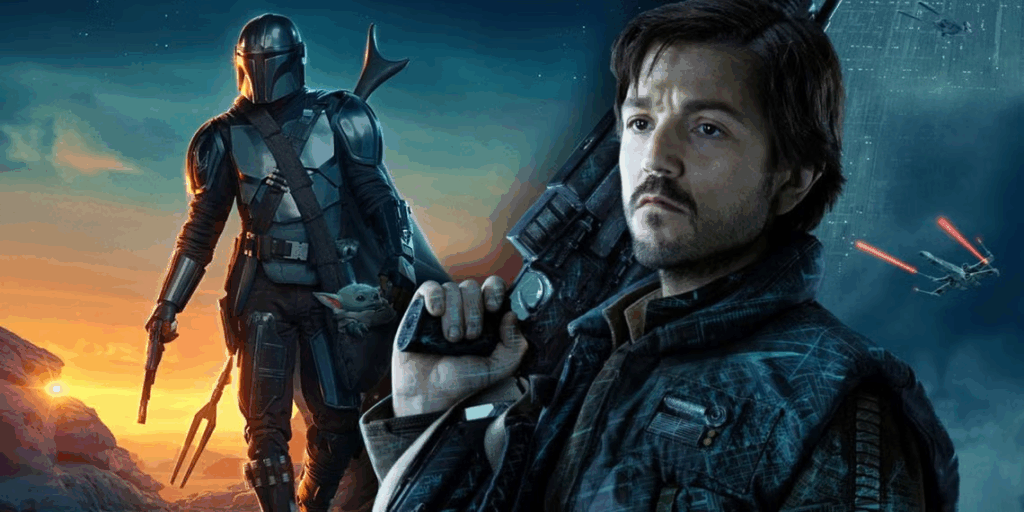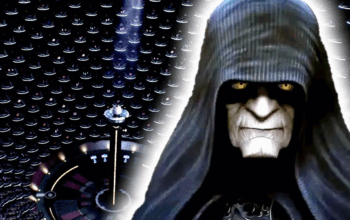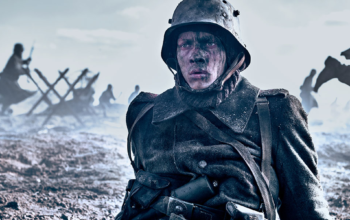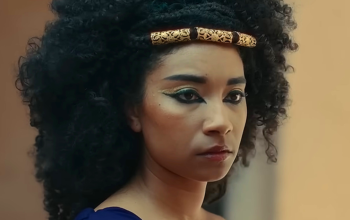
Here are what many Star Wars fans can agree are the only good Star Wars shows to come out in the past decade since the disney takeover.
2. The Mandalorian

The Mandalorian was the show that launched Disney+ into the mainstream and kicked off the live-action Star Wars era with real momentum.
As an addition to Star Wars lore, it cleverly folded in elements from The Clone Wars and Rebels, making it feel like a spiritual successor to those animated shows — especially considering the involvement of Dave Filoni and others from that creative team.
The first two seasons were very strong. At its heart, this was a lone gunslinger story — a quiet, stoic figure bound by Mandalorian creed — who finds unexpected purpose in protecting a child. Din Djarin and Grogu’s bond carried the emotional weight of the series. Grogu’s mysterious origins and the quest to return him to the now-vanished Jedi Order gave the story focus and heart. Their eventual parting was genuinely bittersweet, and had the series ended there, it would’ve been a satisfying, even poetic, conclusion.
Unfortunately, that emotional payoff was completely undercut by The Book of Boba Fett, which bizarrely reunited them just two episodes later — not even in The Mandalorian itself. It would’ve made far more sense to keep them apart through most of Season 3, saving the reunion for a more meaningful moment.
The show also struggled with pacing and filler, constantly torn between being serialized or episodic. With only eight episodes per season, there’s simply no room for storylines that add nothing to the main plot. The first two seasons were still enjoyable despite this, but it became a major issue in Season 3.
Season 3, in particular, was a mess. The central goal of reclaiming Mandalore could’ve been compelling, but it kept getting interrupted by bizarre side quests and detours. One entire episode focused on an ex-Imperial scientist trying to reintegrate into New Republic society — a storyline with almost zero connection to the rest of the season.
I get the desire to explore the New Republic’s failures and how the First Order rose in their shadow, but if these stories don’t serve the main plot, they should’ve been part of a different show — which was reportedly the plan before Rangers of the New Republic was canceled.
And then there was that episode. Jack Black and Lizzo. A baffling, tone-breaking sequence that felt like a parody sketch, not a Star Wars episode. It added absolutely nothing and could’ve been cut without anyone noticing.
So while The Mandalorian started strong, it was never the masterpiece some fans made it out to be. That said, its biggest contribution to Star Wars may be behind the scenes. It paved the way for higher-quality live-action Star Wars content and pioneered the revolutionary use of The Volume — the LED soundstage that enabled faster, cheaper production while still delivering visually stunning environments. When done right, it brought real cinematic immersion to the small screen.
1. Andor

Holy crap — this is a Star Wars show? It is scientifically impossible for Andor to be as great as it is. Where was this level of writing, character depth, and vision in the rest of Disney’s output? Ironically, it took Tony Gilroy — a man who’s gone on record saying he’s not even a Star Wars fan — to achieve what so many diehard fans have tried and failed to deliver.
Honestly, this show deserves its own article. A single entry on a ranking list doesn’t do it justice.
The first thing Andor gets right is its tone. So many of the other shows struggle to balance serious stakes with being campy. In Contrast, Andor stays focused. Its tone is grounded, mature, and unflinching. It doesn’t break tension with quips or fan service. It lets the weight of the world and every scene speak for itself.
Ontop of that, the production value of this show is insane. Shooting on location and using practical sets — with minimal green screen — gives the series a textured, cinematic look. Every frame feels real and lived-in. This is without a doubt the most masterfully produced compared to all the shows when it comes to the visuals.
The dialogue is also a massive leap forward. Compared to the stilted, often juvenile writing of The Book of Boba Fett, Acolyte, or even Mandalorian, Andor’s conversations are layered, purposeful, and sometimes even poetic. The way they speak is akin to a Christopher Nolan’s thriller traditional than Star Wars — and that’s a good thing. The characters don’t stop to explain the world to you they live in it.
And every actor commits 110%. Nobody is phoning it in or hamming it up “because it’s Star Wars.” The performances are nuanced and grounded because the script gives them something to work with. Stellan Skarsgård and Genevieve O’Reilly, in particular, turn in some of the best performances in the entire franchise.
There are subtle details for longtime fans to appreciate — from deep-cut easter eggs in Luthen’s gallery to quiet nods to the old Expanded Universe, re-canonized with care and subtlety. It rewards fans who know the lore, without ever turning into a checklist of references.
Best of all, Andor treats the Empire like a real threat. Too often in other shows, the heroes outmaneuver the Empire with ease. Not here. The Empire is intelligent, organized, and oppressive. It feels genuinely Orwellian — a surveillance state that’s terrifying because it’s so plausible.
While Cassian is the central character, the world itself is the protagonist. The worldbuilding is impeccable. Every location — Ferrix, Coruscant, Narkina 5, Ghorm — is fully realized. No over-reliance on The Volume here. This is cinema-quality production on a streaming budget.
Most impressively, the show dives deep into the real mechanics of rebellion. It questions the romanticized image of the Rebel Alliance by showing how fractured, complicated, and morally messy revolutions really are. Everyone has different motives. No one walks away clean. It constantly asks: How far are you willing to go?
Gilroy and his team had the courage to explore heavy themes Disney usually shies away from — fascism, genocide, PTSD, even sexual assault. This is Star Wars at its most mature, grounded, and unapologetically human.
Some viewers complain that Andor is slow or too dense. And they’re not wrong — it’s a slow-burn political thriller, not a Saturday morning space adventure. It prioritizes character development and complex themes over spectacle. If you’re expecting lightsaber duels and nostalgia-fueled cameos, this may not be your show.
But for those of us who’ve been waiting for Star Wars to finally grow up — this is it. The smart, thoughtful, uncompromising series we never thought we’d get. It doesn’t rewrite canon. It builds on it. It respects the universe and deepens it.
Andor isn’t just the best Star Wars series of the Disney era. It might be one of the best things the franchise has ever produced — period.
Conclusion
The real problem isn’t that these shows failed — it’s that they didn’t have to. We’ve seen what happens when real effort is put into storytelling. I’m not saying every Star Wars series should look like Andor, but there needs to be more care given to the writing, the characters, and the respect for the universe itself. That’s what makes good stories, not just flashy effects.
Imagine what these shows could have been if fully realized.
- The Book of Boba Fett as a dark, unapologetic crime thriller, like The Penguin.
- Kenobi focusing on building Obi-Wan’s mentorship and bond with Luke, a smaller, more intimate character study.
- The Acolyte diving deep into Sith philosophy, showing the slow seduction of the Dark Side rather than surface-level mystery-box plotting.
One of the most beautiful things about Star Wars is how it blends so many genres naturally — samurai stories, westerns, war dramas, political thrillers — all fitting into a rich, vibrant galaxy.
But instead of embracing that diversity, Lucasfilm has treated the franchise like a game of hot potato, handing it off to whoever’s next in line without a clear vision.
Star Wars isn’t just one genre. It can be many, but it needs someone who understands how to balance it.
With Lucasfilm now reshuffling its future plans, there’s still hope. A slower, more deliberate approach to TV would be the best path forward — maybe one live-action series per year, with animated series running alongside to expand the universe carefully and thoughtfully.
Shows like Andor are proof that when you respect the source material — and more importantly, the audience who loves it — Star Wars can still be great.



